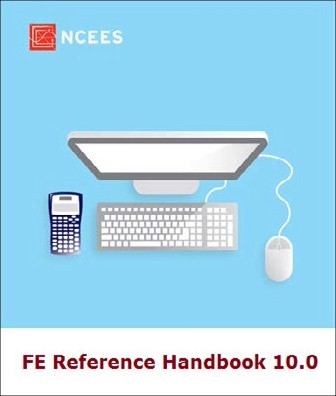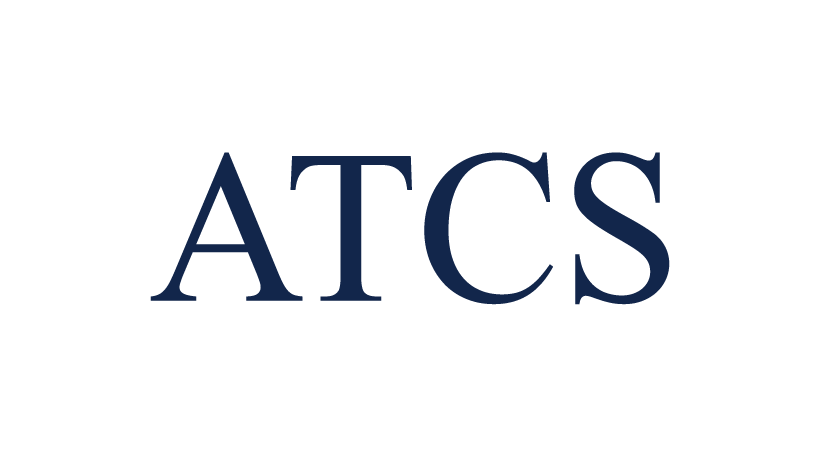Fundamentals of Engineering (FE): Exam Day Experience
In this month’s article we answer many of our readers’ questions regarding the Fundamentals of Engineering (F.E) exam and what you are expected to do that day.
The Fundamentals of Engineering (FE) exam is generally your first step in the process to becoming a professional licensed engineer (P.E.). It is designed for recent graduates and students who are close to finishing an undergraduate engineering degree from an EAC/ABET-accredited program. FE exam is a computer-based test (CBT) administered by the National Council of Examiners for Engineering and Surveying (NCEES). Last year about 3700 students took the FE-Civil Engineering exam and the passing rate was about 73%.
When approaching the FE Exam for the first time, it’s natural to feel a bit overwhelmed. The best way to build your confidence is to prepare for the test and familiarize yourself with the FE Ref. Handbook 10, the only official reference material for the computer-based FE exams. Review the latest version of the handbook (currently v.10) prior to exam day. Most importantly, familiarize yourself with the charts, formulas, tables, and other reference information provided. An electronic version will be available onscreen during the actual exam. Printed copies will not be allowed in the exam room.
Once your registration is approved, you will receive an email notification that you have been authorized to take the exam and are eligible to schedule your exam appointment. NCEES computer-based tests (CBT) are offered in testing windows throughout the year during the following months: January, February, April, May, July, August, October and November.
Exam Day Protocol: Step-by-Step
Once you register and know your exam date, NCEES recommends the following: First, you should plan to arrive at the testing center 30 minutes prior to your scheduled appointment. Upon arrival, a representative will provide you with a copy of NCEES-CBT exam rules for your review.
After doing so, you will be asked to provide your digital signature to confirm that you have read the rules and agreed to abide by them. You will also be asked to provide a current government issued form of ID such as a driver’s license. Once the representative confirms your identification and the exam that you are taking, you will be asked to provide a palm vein scan and have your photo taken. Your signature, palm vein scan and photo will be stored with your exam result.
Prior to being admitted into the testing room, a representative will ensure that you have in your possession only the items that NCEES allows them to the testing room. These items include your ID, an NCEES approved calculator, and eyeglasses. Most test centers have secure storage lockers on site for you to store prohibited items such as cell phones, other electronic devices and personal belongings such as a watch, wallet, or bag.
Once you complete the check in process, you then report to an exam proctor who will ask you to confirm your ID by providing again your palm vein scan. The proctor will then give you a reusable booklet and marker for scratch work. The proctor will review the exam rules and will escort you to the exam room and assigned workstation and launches the exam. Before starting your exam, all examinees will be required to read and agree to the NCEES’ non-disclosure agreement and complete a brief tutorial to learn how to ADVANCE to the next item, RETURN to a previous item and FLAG items for review.
The FE exam includes 110-questions. The exam appointment time is 6 hours long. Nondisclosure agreement (2 minutes); Tutorial (8 minutes); Actual exam (5 hours and 20 minutes) and scheduled break (25 minutes).
After completing approximately 55 questions, examinees will be prompted on screen with the option to take a 25-minute break. Examinees who wish to take the scheduled break should raise their hands and wait for the proctor for assistance. Unscheduled breaks may be requested at any time during the exam by following the same procedure. However, examinees should be aware that the clock will not stop during an unscheduled break. Examinees are allowed to access their lockers during the scheduled and unscheduled breaks.
After completing the exam and a brief survey, you should raise your hand and the proctor will verify that you have properly exited the exam, will escort you from the testing room, and collect your booklet and marker. You will receive an email from NCEES within 7 to 10 days notifying you that your results are available for viewing in your MYNCEES account.
And lastly, stay relaxed and confident. Always keep a good attitude and remind yourself that you are going to do your best!
Until next time,
Ahmet Zeytinci (Dr.Z.)
This email address is being protected from spambots. You need JavaScript enabled to view it.









